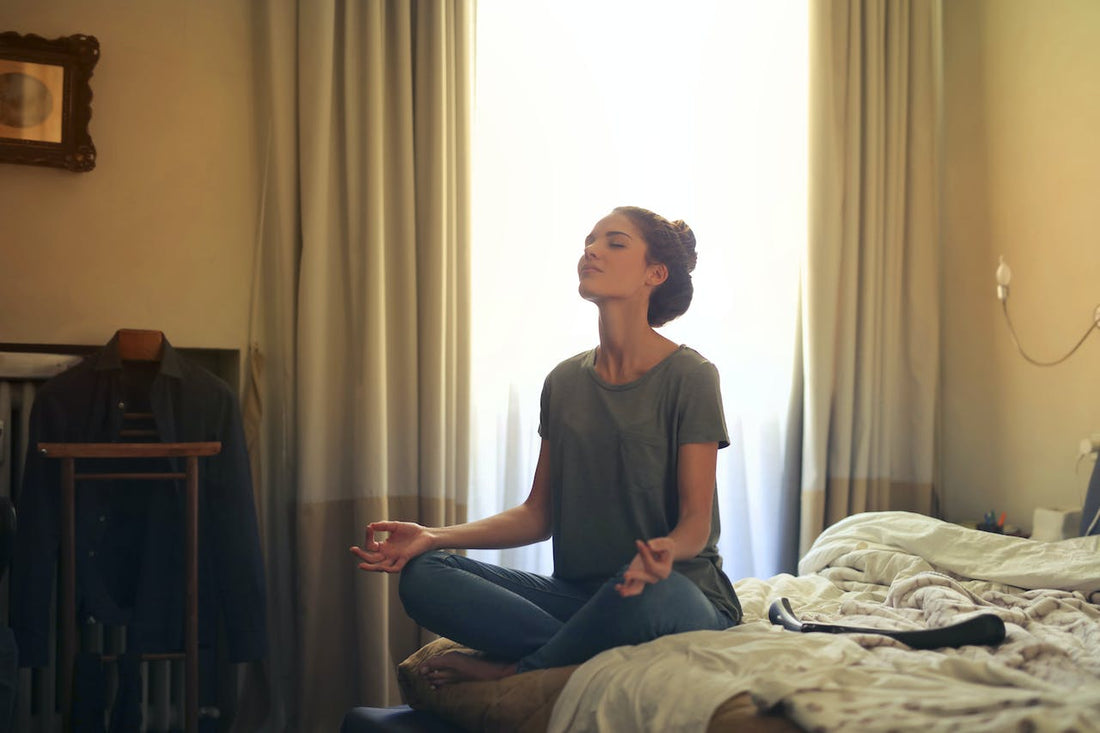Life can be quite turbulent, right? For many of us, the associated stress can lead to health imbalances. One balance that needs to be maintained is that of our blood sugar levels. Diabetes is becoming increasingly common, which is why it's crucial to explore holistic approaches and keep our blood sugar under control. Let's delve into the fascinating world of mindfulness and its deep connection to your blood sugar.
Understanding the connection between mind and blood sugar
Let's get straight to the point. Stress, whether positive or negative, raises your blood sugar levels. It's a natural response that dates back to our ancestors running away from dangerous animals. When you're stressed, your body releases a hormone called cortisol. You can think of cortisol as a kind of "emergency fuel" that pumps extra sugar into your bloodstream. These days, the likelihood of an animal chasing you and actually wanting to eat you is pretty low, but the reaction remains. So, chronic stress affects your blood sugar levels. This is where mindfulness comes in to save the day.
Mindfulness practices like meditation and yoga are like a soothing balm for our stressed souls. These practices have been scientifically proven to help reduce stress and thus balance blood sugar levels.

The Top 5 Mindfulness Practices for Regulating Blood Sugar Levels
Mindful breathing
The basic idea behind mindful breathing is to focus your attention purely on your breath and its natural flow. Deep, conscious breaths can calm your nervous system and reduce anxiety, which can lead to cortisol spikes.
When we focus on our breath, we detach ourselves from the worrisome situation we find ourselves in. We become present and don't think about the future or the past.
This is mindfulness – seeing without reacting.
The fantastic news is that mindful breathing is free and can be done almost anywhere. All you need is 10-15 uninterrupted minutes. You could use your lunch break in the park or on the train during your commute—feel free to use headphones for guidance.
There are different ways to practice and enjoy mindful breathing. One technique you might enjoy is the 4-7-8 breathing method. Inhale for 4 seconds, hold for 7, and exhale for 8. Simple, right?
Guided meditation
Guided meditation is a fantastic way to slow down racing thoughts and focus on "the now." Find a comfortable spot, put on your headphones, and let a soothing voice guide you into a state of relaxation. Guided meditation is excellent for lowering cortisol levels and training your mind to stay stress-free. And if you're worried about drifting off for too long, set a timer (preferably with a gentle alarm). This way, you can focus entirely on the meditation and lose track of time.
Tip: There are many meditation apps you can try to find what works best for you.
Body scan
Stress can often have not only mental and emotional but also physical effects. Sometimes we are so caught up in our stress that we are unaware of the connection between emotions and physical discomfort. This is where a body scan meditation can be useful and powerful. By consciously scanning our entire body from head to toe, we become more sensitive to every aspect of ourselves. It's like taking a loving inventory of our body. You move your attention through different areas of your body and feel within. This can help reduce the physical tension associated with stress. Try a 10-minute body scan to get started.
Gratitude journal
While it's important to carefully process and reflect on negative experiences, it's also possible to become too preoccupied with thoughts about our failures. In doing so, we may overlook or undervalue the positive aspects of our lives. A gratitude journal serves to redirect our attention to the good things in life that we inadvertently overlook or undervalue.
Grab a notebook and write down things you're grateful for. This simple practice can shift your attention from stressors to positive aspects of life, and with less stress and negativity comes better blood sugar control.
yoga
Most of us have tried yoga in some form. Yoga is an excellent way to combine movement, breath, and awareness. Additionally, yoga is fantastic for increasing your insulin sensitivity, reducing stress, and keeping your cortisol levels in check. A few beginner-friendly exercises can be a great start.
Scientific evidence supporting the connection
You might be wondering if all this mindfulness really works. Well, science says it does! A 2018 study showed that meditation (fasted and after meals) lowers blood sugar levels ( 1 ). Another, more recent study from 2023, focusing on menopausal women, showed that regular yoga practice lowers glucose concentrations ( 2 ).
These are just two studies that show that when your mind is at peace, your blood sugar tends to be fine too.
Integrate mindfulness into your everyday life
If mindfulness practices are new to you, don't worry. It's all about taking small steps. As mentioned, you don't have to meditate for 30 minutes straight or do 90 minutes of yoga right away. Even 5 minutes of mindful breathing can be a great start.
Try incorporating these practices into your daily routine and find what works for you. Consistency is key. With consistency, your practices will become habits, and suddenly you won't be able to live without your journal or a 15-minute body scan before bed.

Track glucose levels with Hello Inside to see how mindfulness practices impact you
A clever trick to see the impact of mindfulness on your blood sugar is to track it with a tool like Hello Inside . Hello Inside makes it super easy to monitor your glucose levels and see how your mindfulness practices are positively impacting your health.
Mindfulness is more than just being aware of the stressors that will affect your blood sugar. Mindfulness is also a way to reframe your thoughts and learn new patterns. Hello Inside is an excellent way to support you in this process. It shows you how your lifestyle choices affect your glucose levels and gives you suggestions on what you can do to improve your glucose response. For example, you don't have to give up your favorite sweets, but you will learn how to eat them so they don't have such a strong impact on your blood sugar and actually make you feel better.
Conclusion
Mindfulness isn't just about finding inner peace; it's a powerful tool for balancing your blood sugar and improving your overall health. So why not start today? Try one of these practices, see how it affects you, and prioritize your mental and physical health. Here's to a calm, balanced, and happy you!





